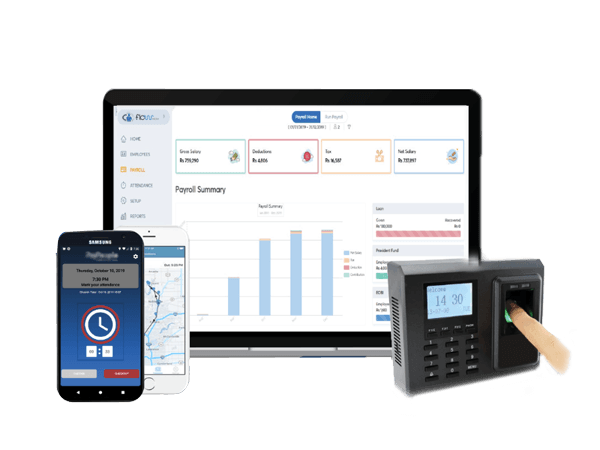Introduction:
In the era of technological advancements, businesses are constantly seeking efficient solutions to manage their workforce. One such groundbreaking innovation is the Biometric Attendance Machine. This remarkable device has revolutionized the way organizations track employee attendance, streamlining the process and eliminating the need for manual systems. In this article, we will delve into the features, benefits, and implications of biometric attendance machines, exploring how they have become an indispensable tool for modern businesses.
Understanding Biometric Attendance Machines
Biometric attendance machines utilize advanced biometric technology to accurately record and track employee attendance. They rely on unique physiological or behavioral characteristics of individuals, such as fingerprints, facial recognition, or iris patterns, to verify their identity and register their presence. These machines not only eliminate the possibility of time theft or buddy punching but also offer an efficient alternative to traditional time-tracking methods.
Key Features and Functionality
Biometric attendance machines boast an array of features designed to enhance accuracy, security, and convenience. Let’s explore some of the most prominent ones:
- Biometric Verification: By using biometric identifiers, such as fingerprints or facial recognition, these machines ensure that the person clocking in or out is indeed the authorized individual. This eliminates the chances of impersonation and provides a higher level of security.
- Real-Time Monitoring: Biometric attendance machines enable real-time tracking of employee attendance, allowing employers to have instant visibility into their workforce’s attendance patterns. This feature is particularly useful for organizations with remote or mobile employees.
- Integration with Payroll Systems: These machines seamlessly integrate with payroll systems, automating the calculation of employee working hours and simplifying the payroll process. This reduces errors and saves valuable time for HR personnel.
- Access Control Integration: Some advanced biometric attendance machines can also be integrated with access control systems, allowing employees to gain entry to restricted areas using their biometric data. This improves overall security measures within the organization.
Benefits of Biometric Attendance Machines
The adoption of biometric attendance machines brings numerous benefits to businesses. Let’s explore some of the most significant advantages:
- Enhanced Accuracy: Biometric attendance machines provide a highly accurate method of tracking employee attendance. Since biometric identifiers are unique to individuals, there is virtually no room for error or manipulation, ensuring precise records.
- Time and Cost Savings: The automation of attendance tracking through biometric machines saves both time and money for businesses. The streamlined process eliminates the need for manual data entry, reduces administrative work, and minimizes payroll errors.
- Elimination of Time Theft: Traditional methods of attendance tracking, such as punch cards or passwords, are susceptible to fraudulent practices like buddy punching. Biometric attendance machines eradicate such practices by ensuring that employees can only clock in using their own unique identifiers.
- Improved Security: Biometric identifiers offer a higher level of security compared to traditional methods. Unlike passwords or ID cards, which can be shared or stolen, biometric data is unique to individuals, minimizing the risk of unauthorized access.
Ethical and Privacy Considerations
While biometric attendance machines offer significant advantages, it is essential to address the ethical and privacy concerns associated with their usage. Organizations must establish clear policies and guidelines to ensure the responsible and lawful handling of biometric data. It is crucial to obtain informed consent from employees and implement robust security measures to protect this sensitive information from unauthorized access or misuse.
The Future of Workforce Management
The adoption of biometric attendance machines represents a significant step towards the digital transformation of workforce management. As technology continues to evolve, we can expect further advancements in biometric systems, such as improved accuracy, faster processing times, and expanded integration capabilities. These machines will become even more indispensable as businesses strive to optimize efficiency and productivity in the digital age.Biometric identifiers offer a higher level of security compared to traditional methods
Conclusion:
Biometric attendance machines have emerged as a game-changer in the realm of workforce management. With their advanced technology, accuracy, and security features, these devices offer unparalleled benefits to businesses of all sizes. As organizations embrace digital transformation, biometric attendance machines have become a vital tool in streamlining operations, minimizing errors, and promoting efficiency. By adopting this innovative solution, companies can ensure accurate attendance records, save time and money, and pave the way for a more secure and productive work environment.




